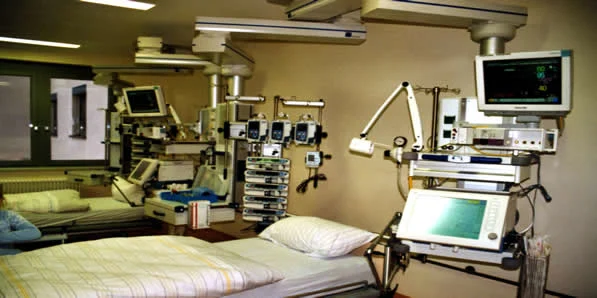By integrating the American Heart Association’s (AHA’s) guidelines into its electronic ordering system, the Christiana Care Health System, Newark, Del., was able to reduce its use of telemetry (monitoring to detect irregular heartbeats) by 70 percent.
According to the AHA
recommendations, non-intensive care unit cardiac telemetry patients should be divided
into three groups on the basis of three classes
of clinical conditions: Class 1 includes patients who are at significant risk
of an immediate life-threatening arrhythmia; Class II consists of patients for
whom cardiac monitoring may be of benefit in some cases but not essential for
all; Class III consists of patients at low risk or otherwise unlikely to
benefit from cardiac monitoring. The healthcare organisation conducted the
study from December 2012 to August 2013 by redesigning its telemetry orders as
per the AHA guidelines.
The results of the
study showed that the average number of weekly telemetry orders decreased from
1,032 to 593. The average duration of telemetry declined from 57.8 hours to 30.9
hours. In addition, the average daily number of patients monitored with telemetry
declined from 357 to 109 (a reduction of approximately 70 percent). The organisation’s average daily cost for non-ICU cardiac telemetry decreased from
$18,971 to $5,772. These results were achieved without any adverse effects on
patient safety.
The study highlights
that it is indeed possible to avoid the overuse of telemetry, which results both
in unnecessary costs as well as bed flow problems. It is important to
understand that every patient that is hospitalised does not require cardiac
monitoring. In addition, telemetry is labour intensive. These are some of the
reasons why it is important to use it only in patients that are most likely to
benefit from it.
According to Nader
Najafi, MD, of the University of California, San Francisco, “It is remarkable
to achieve such a substantial reduction in the use of this resource without
significantly increased adverse outcomes. This result suggests two conclusions.
First, telemetry is overused and the AHA guidelines, imperfect as they may be,
can safely rein in unnecessary monitoring. Second, since the guidelines exclude
patients who do not have a primary cardiac condition, the intervention must
have safely reduced or nearly eliminated monitoring for these patients. It is a
reminder of the absence of known clinical benefit of using telemetry on medical
and surgical services. To practice evidence-based care, we need a randomised
trial of telemetry.”
Source: JAMA
Image Credit: Wikimedia Commons










